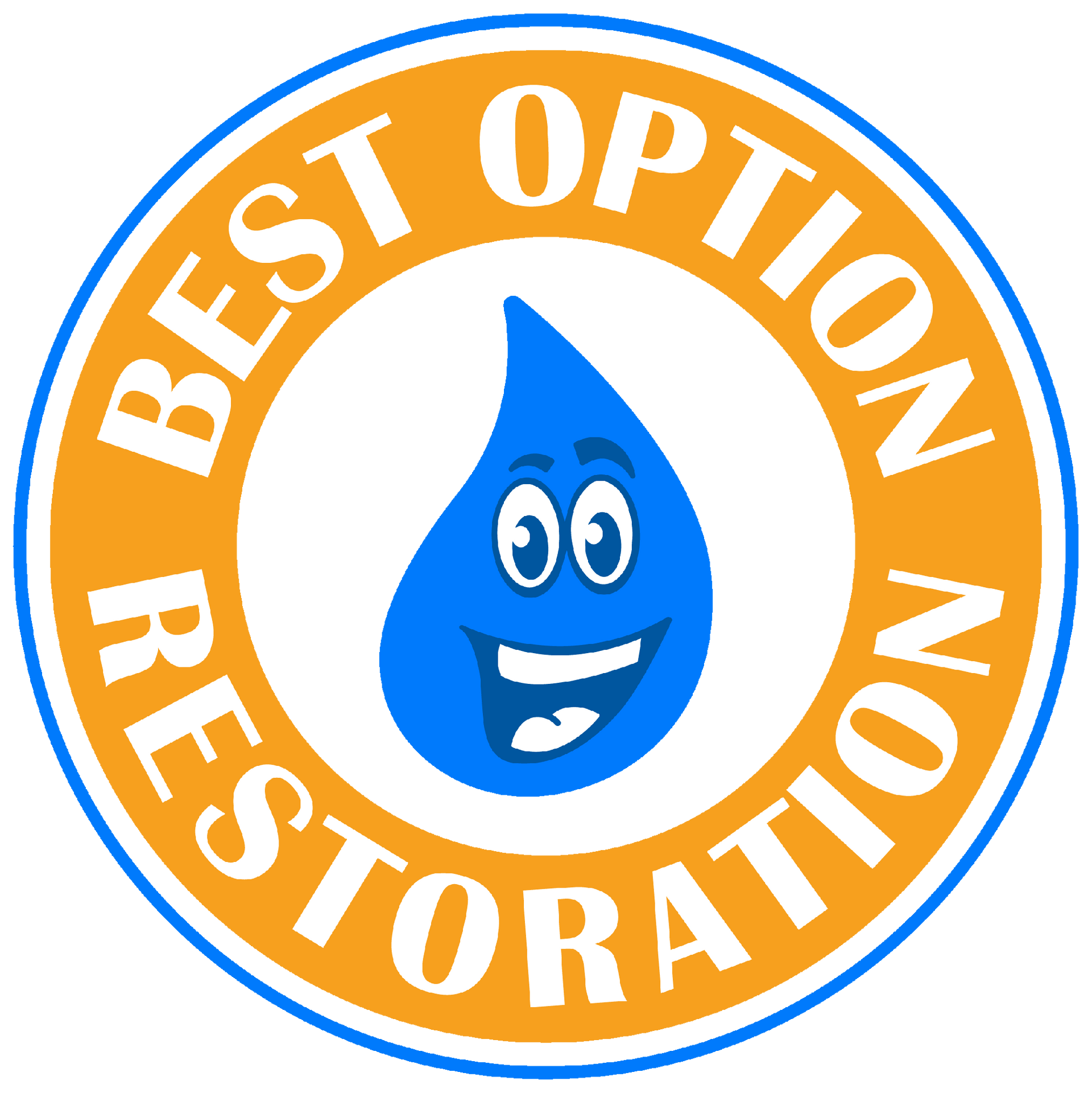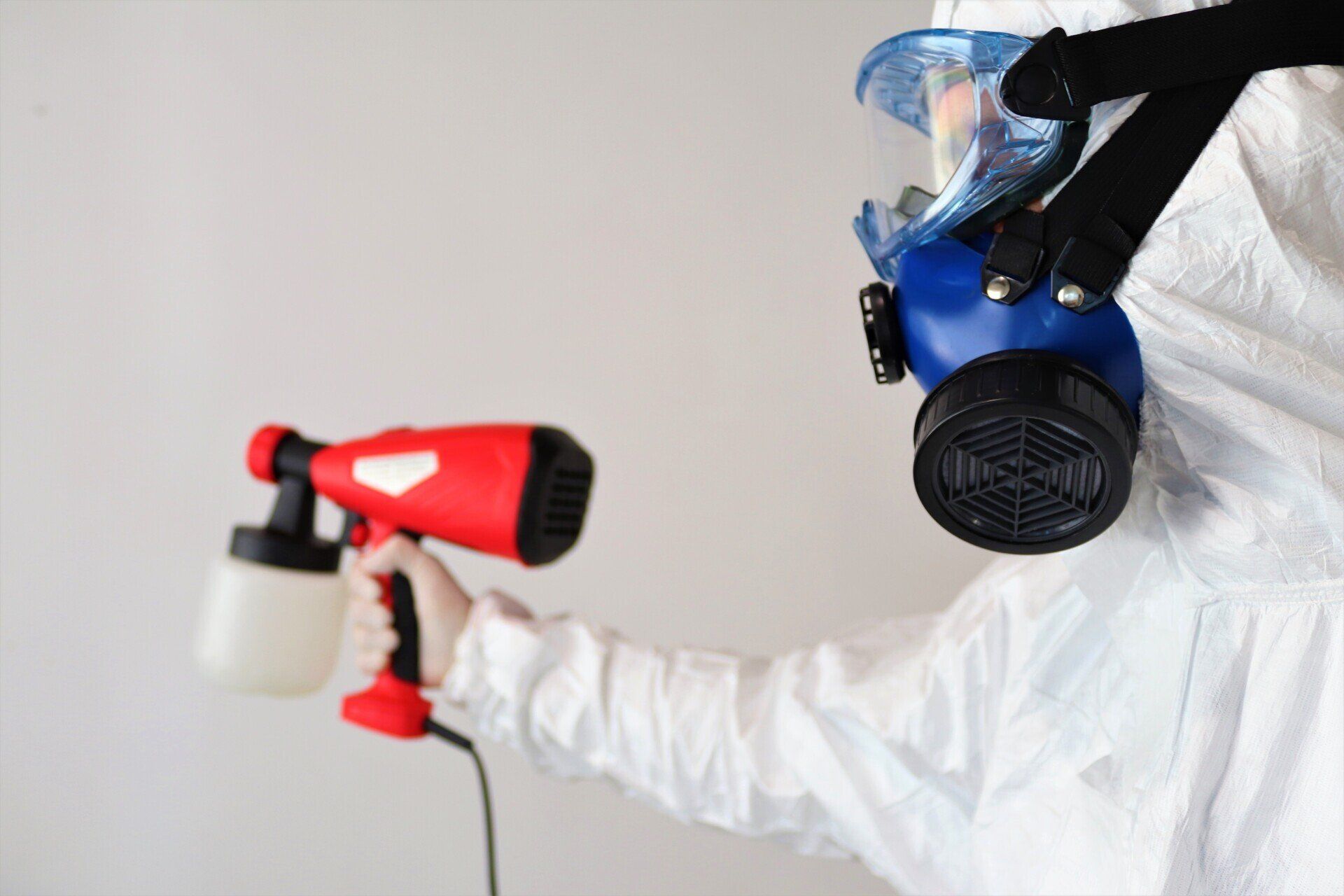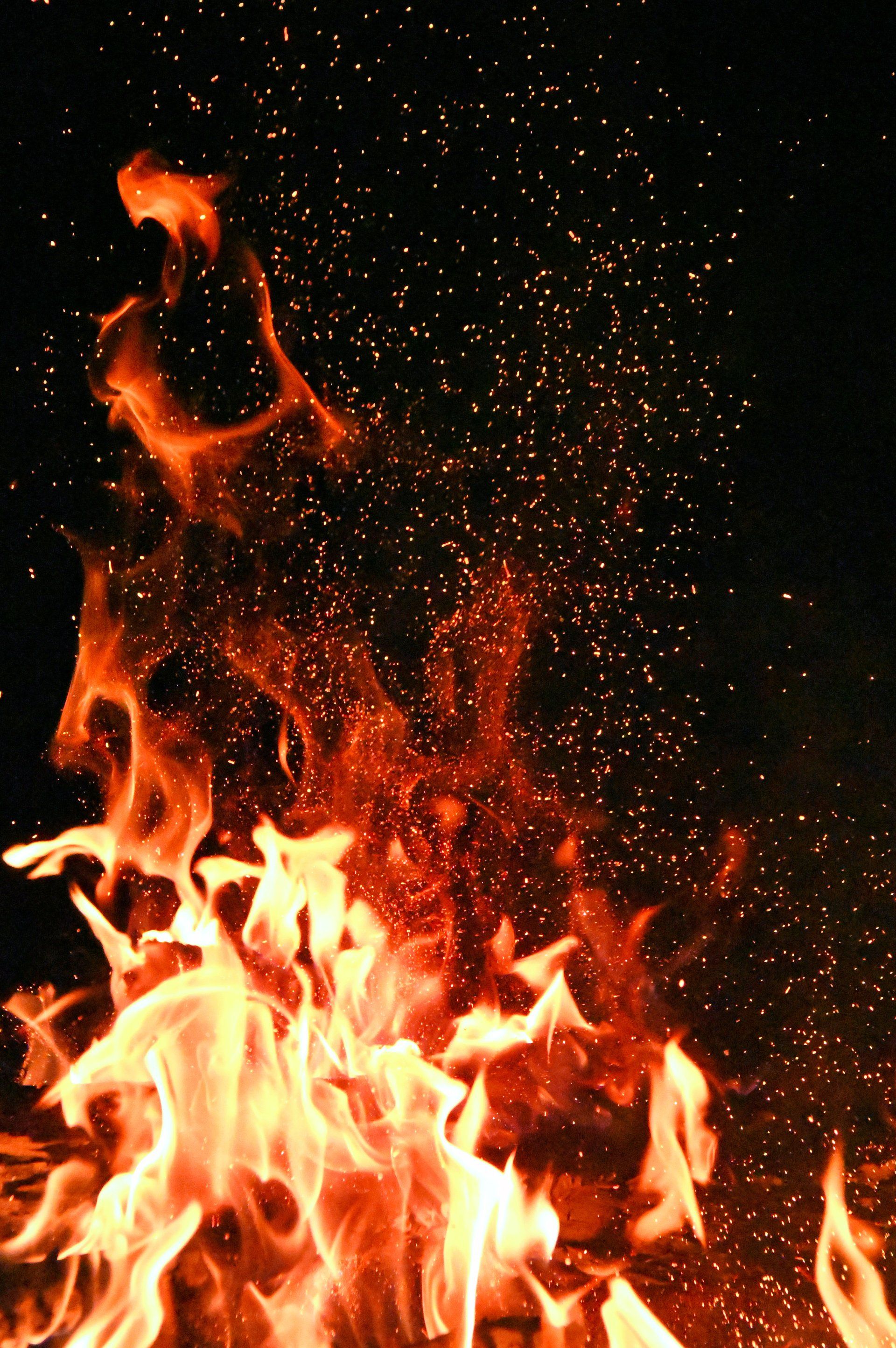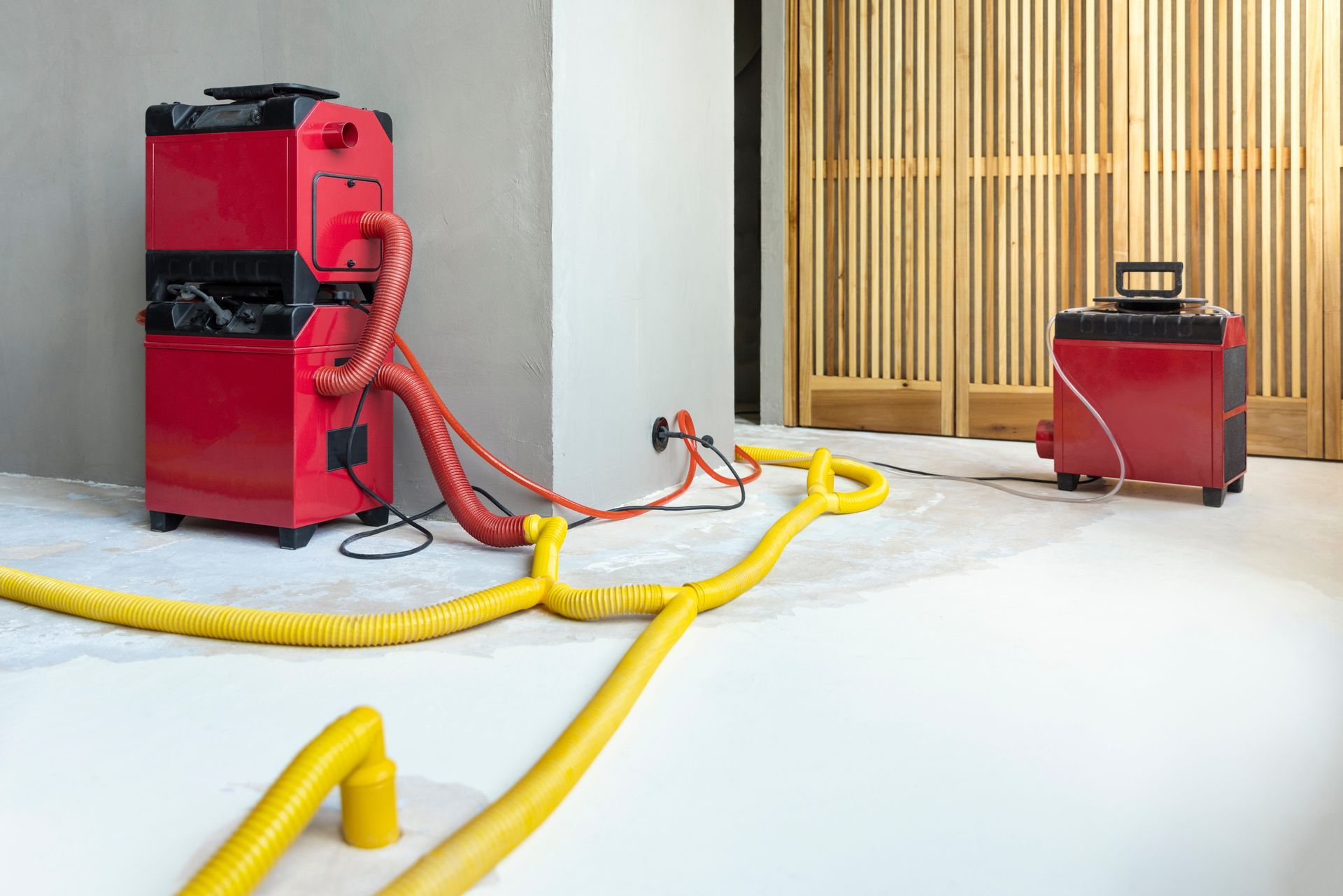Serving Phoenix, Mesa, & Surrounding Areas
Call 24/7 for Emergencies
Serving Phoenix, Mesa, & Surrounding Areas
Call 24/7 for Emergencies
How to Detect Mold Growth in Your Home
Ultimate Guide: How to Detect Mold in Your Home Effectively
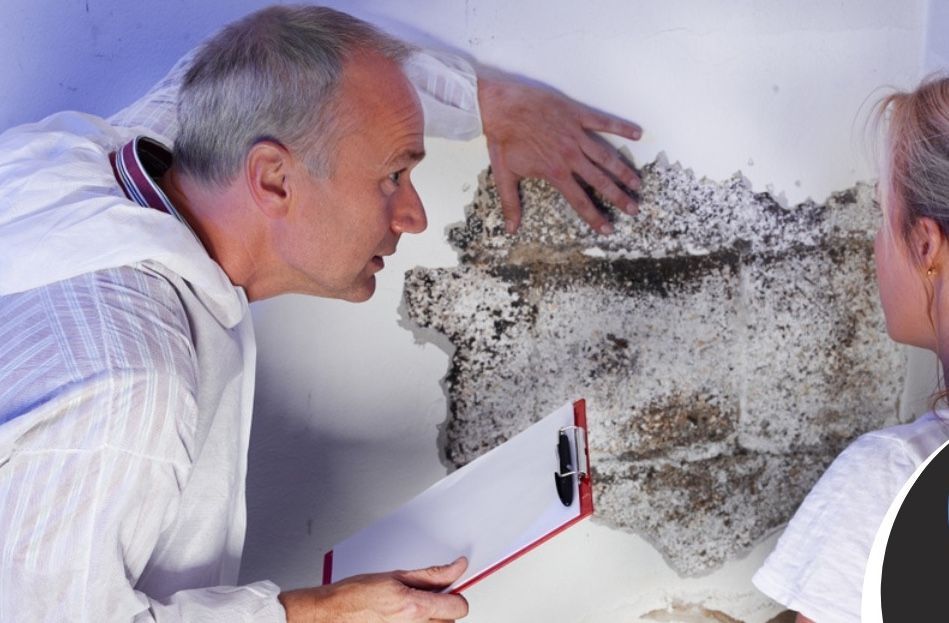
Mold infestation is a pervasive issue that can compromise the structural integrity of your home and, more critically, the health of its inhabitants. As a silent intruder, mold thrives in damp environments, often unnoticed until it becomes a significant concern. Unchecked mold growth can lead to respiratory issues, allergic reactions, and a decline in indoor air quality. This guide aims to equip homeowners with professional insights into the effective detection of mold. We will delve into signs of mold presence, health implications, and expert remediation techniques.
What is Mold?
Mold is a type of fungus that plays a critical role in the natural environment by breaking down and decomposing organic matter. However, when mold pervades homes, it can become a health hazard and a structural menace. Common types of residential molds include Aspergillus, often found on food and in air conditioning systems; Cladosporium, typically seen on fabrics and wood; and Stachybotrys, also known as "black mold," which can emerge on water-damaged building materials.
Mold proliferates under conditions that provide moisture, warmth, and a food source, such as cellulose-based materials like paper, drywall, or wood. High humidity levels, poor ventilation, and persistent darkness create an ideal breeding ground for mold colonies to flourish. Curbing these environmental factors is paramount in preventing mold infestation, thereby safeguarding the health of residents and the integrity of the home.
As specialists in mold detection and remediation, we employ advanced techniques and industry-specific equipment to identify and eradicate mold from your living spaces.
Health Risks Associated with Mold
Exposure to mold can precipitate a myriad of health concerns, particularly respiratory complaints, allergic reactions, and even immune suppression. Inhalation of mold spores has been incontrovertibly linked to symptoms such as coughing, wheezing, nasal stuffiness, and throat irritation. Individuals living in mold-affected environments may also experience eye irritation, skin rash, and, in severe cases, lung infections.
Children, the elderly, and those with compromised immune systems or preexisting respiratory conditions are especially susceptible to the deleterious effects of mold. In particular, children's developing lungs can sustain lasting damage from prolonged mold exposure, while individuals suffering from chronic illnesses like asthma may find their symptoms exacerbated in mold-infested surroundings.
It is this potential for harm that underscores the importance of thorough mold detection and targeted remediation. Our specialists implement sophisticated detection technology and proven techniques to uncover even the most insidious mold invasions, delivering remediation services that address both the immediate and long-term health concerns associated with mold exposure.
Visible Signs of Mold Infestation
A vigilant homeowner can often spot the telltale manifestations of mold infestation through visual cues. One common indicator is discoloration on surfaces, which can range from stark white to ominous blacks and greens, often accompanied by a fuzzy appearance. Mold may exhibit patchy patterns, appearing as irregular spots that slowly encroach upon expansive areas of walls, ceilings, or floors.
Contrastingly, mildew, which is a type of mold, presents as a more powdery or downy texture, typically appearing white and progressing to a gray or brown color as it matures. Mildew usually colonizes flat surfaces and is often found on organic materials in damp locations, such as on the surface of a damp wall, window sill, or shower tiles. Understanding these differences is vital as mildew infestations are generally less invasive and can be more easily managed than mold.
Should you spot any such alterations in your home, it is advisable to seek a professional assessment to determine the extent of the issue. Our expert team is equipped to distinguish between benign surface-level concerns and critical mold infiltrations threatening your home's structure and indoor air quality.
Hidden Mold: Beyond the Visible
Mold's insidious nature means it can lurk undetected in places seldom disturbed or difficult to access. Common covert haunts for mold include the reverse side of drywall, underneath carpets and padding, within ductwork, and inside HVAC systems, where moisture accumulates unnoticed. Undetected, these hidden mold colonies can compromise structural elements, degrade air quality, and become a silent adversary to your health.
Particularly concerning is mold's impact when nestled behind walls—areas where moisture from leaky pipes or condensation can create a haven for growth. Similarly, mold beneath carpets may stem from spills or the seeping of dampness from subflooring. HVAC systems, when not maintained, provide mold spores an efficient distribution pathway throughout the dwelling.
The presence of mold is often betrayed by a distinctive musty odor—an olfactory warning sign that should immediately raise concern. This odor, akin to the smell of damp, rotting wood, is indicative of active fungal growth even when mold is not visibly apparent. It is this subtle yet unmistakable signal that frequently prompts homeowners to uncover hidden infestations.
DIY Mold Detection Techniques
While our team of certified restoration professionals is adept at handling mold remediation, we understand the homeowner's desire for initial detection measures. To that end, we offer guidance on Do-It-Yourself (DIY) mold detection techniques that provide the first line of defense against mold proliferation. Equipped with the right knowledge, homeowners can conduct an informed and careful examination to spot potential mold growth.
Visual Inspection
To conduct a thorough visual check for mold:
- Begin with areas prone to moisture accumulation, such as bathrooms, kitchens, and basements.
- Inspect under sinks, around water heaters, and by pipes for any discoloration or fungal growth.
- Don't overlook less obvious spots like corners of rooms, window sills, and behind furniture that sits against exterior walls—places where condensation can encourage mold development.
- Closely examine ceilings and walls for signs of water damage, such as staining or peeling paint, which may signify an underlying issue.
- Pay careful attention to unventilated spaces and storage areas, as they can foster stagnant air conducive to mold propagation.
- Always use a flashlight for better visibility in dark corners and behind appliances, ensuring a comprehensive assessment.
Smell Test
Detecting mold through its characteristic odor is a critical element of mold detection for homeowners. This distinctive musty scent, similar to the smell of damp earth or decaying leaves, is a telltale sign of the presence of mold, even when it is not visibly apparent. To pinpoint potential mold growth, trust your senses; if an area of your home consistently smells stale or earthy, it's prudent to investigate further. It is important to note that this odor can sometimes be intermittent, so repeat inspections may be necessary. Mold can hide in wall cavities, under floors, or in ceilings, so the source may not always be immediately obvious. When this odor is detected, it's an indicator that a deeper, professional evaluation could be warranted to assess and address any underlying mold issues.
Home Mold Testing Kits
Determining how to detect mold reliably can be a complex undertaking. Home mold testing kits function as a preliminary measure for homeowners keen on understanding the best way to detect mold. Various types of kits are available, including petri dishes that capture spores over a set period and swab kits for direct sample collection from suspected areas. Popular among do-it-yourself enthusiasts are the MOLDetect® and My Mold Detective® kits, celebrated for their user-friendliness and comprehensive instructions. When utilizing these DIY kits, thoroughness is paramount; all suspect areas must be tested to prevent oversight. Additionally, it's important to handle testing materials with care and follow the manufacturer's guidelines rigorously to avoid contamination, which could skew results. While not a definitive solution, when interpreted with discernment, these kits can provide valuable initial insights into mold presence in your environment.
Professional Mold Inspection
Engaging professional mold inspectors is paramount, as they possess the advanced diagnostic tools and deep-rooted knowledge necessary to accurately assess mold proliferation and its potential dangers. Our seasoned experts make use of industry-leading equipment such as moisture meters, borescopes, and infrared cameras to detect unseen moisture and mold growth. These sophisticated technologies, combined with microbial air sampling, provide definitive evidence of both visible and concealed mold, ensuring that no spore goes undetected.
When selecting a mold inspection company, prioritize those that exemplify extensive experience and hold pertinent certifications in mold inspection and remediation. Clear communication, detailed reporting, and post-remediation follow-ups are hallmarks of a distinguished service provider. Articulate your concerns, inquire about their methods, and expect transparency regarding the steps they will take to restore your environment.
Periodic professional assessments are not merely prudent but essential, especially subsequent to water intrusion events like floods or leaks. These scenarios often leave behind moisture that can instigate rapid mold growth, implicating structural integrity and indoor air quality.
Prevention: Keeping Mold at Bay
Preventative measures are a cornerstone of safeguarding your property against mold's persistent encroachment. Meticulous moisture management, alongside routine property inspections, plays a critical role in deterring the onset of mold. Here are the ways to prevent mold;
Controlling Humidity Levels
Maintaining optimal humidity levels is integral to preventing mold proliferation within residential spaces. The ideal indoor humidity range to thwart mold growth hovers between 30% and 50%. To regulate ambient moisture, homeowners can employ dehumidifiers, especially in regions known for high humidity or during muggy seasons. These devices extract excessive atmospheric moisture, thus hampering mold's ability to thrive. Additionally, utilizing hygrometers can provide accurate readings of indoor humidity, enabling timely adjustments to the indoor climate. It is also advisable to ensure proper ventilation in areas prone to moisture, such as bathrooms and kitchens, either through exhaust fans or by opening windows to promote air circulation. Addressing leaks expeditiously and using moisture-resistant building materials during repairs or renovations further buttresses a home against unwelcome fungal guests.
Proper Ventilation
Proper ventilation is critical in the war against mold; it mitigates moisture buildup, the primary catalyst for mold proliferation. An effective ventilation strategy includes the use of exhaust fans in moisture-heavy areas like bathrooms and kitchens. These fans should vent directly outside, not just into attics or between walls, to shuttle humid air out of the structure efficiently. Ensuring that air flows freely throughout the home, with open windows or added vent systems, also diminishes the likelihood of mold taking hold. In the cooler months, periodic airing out of rooms is beneficial even when employing heating systems. For those in climates where opening windows isn't feasible year-round, Heat Recovery Ventilators (HRVs) or Energy Recovery Ventilators (ERVs) can offer a sophisticated solution that maintains air quality and manages indoor humidity levels without significant energy loss.
Regular Home Maintenance
Consistent home maintenance is a cornerstone of mold prevention. Conducting regular inspections of roofing, plumbing, and HVAC systems can prevent water retention issues that often lead to mold development. Integrating mold-resistant products during renovations or repairs enhances your home's resilience to mold. For instance, applying mold-inhibiting paints and installing mold-resistant drywall or sheathing can provide an additional defense against potential growth. To actively manage indoor moisture, equip your space with effective tools like dehumidifiers, which maintain low humidity levels, or silica gel moisture absorbers that can be placed in closets and cabinets to protect contents from moisture damage. Such preemptive approaches are instrumental in maintaining a healthy and mold-resistant living environment.
Mold-Free Living is a Click Away. Reach Out Now!
Best Option Restoration is your shield against the encroachment of mold. Our meticulous approach and advanced mold remediation techniques safeguard your property, ensuring a secure and wholesome environment for you and your loved ones. We are certified experts committed to the highest standards of service, utilizing cutting-edge technology to identify, eliminate, and prevent mold proliferation. Don't let mold take hold — contact Best Option Restoration today and breathe easier in a restorative, mold-free living space.
Best Option Restoration
Best Option Restoration
Best Option Restoration of Mesa Chandler Gilbert is part of the Best Option Restoration Network, a trusted national leader in the disaster restoration industry. Best Option Restoration currently has open opportunities nationwide. If you would like more information on becoming a franchise owner with us, request your free Franchise Discovery Kit now.
IICRC Certified
Our Services
Our Contact Info
Best Option Restoration
All Rights Reserved | Best Option Restoration
